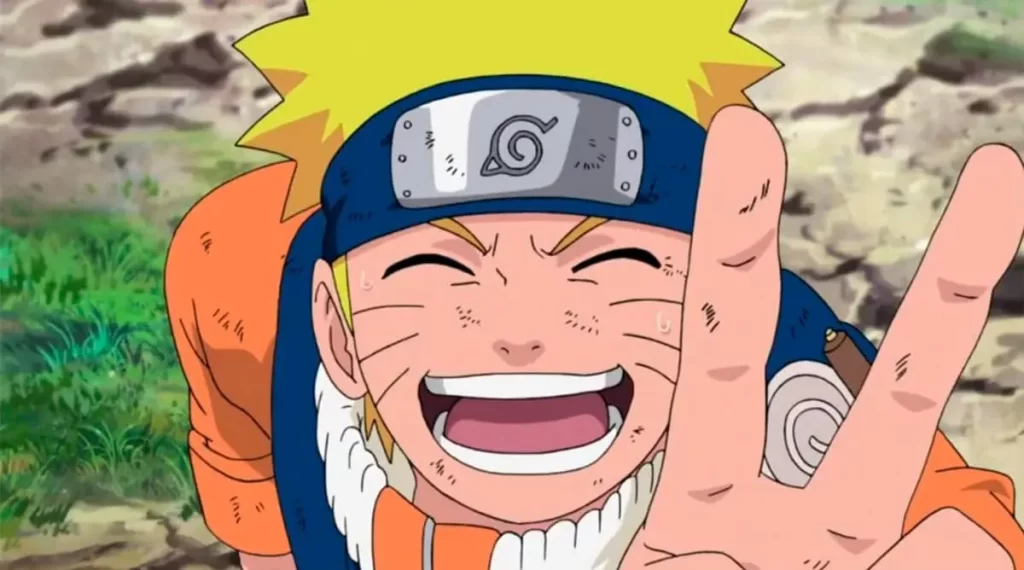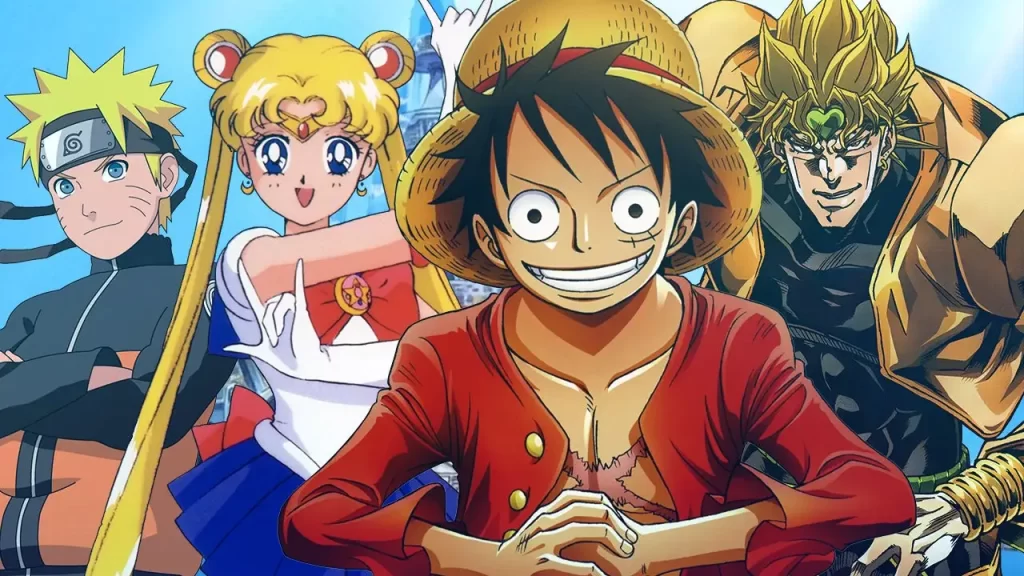Anime, once considered a niche form of entertainment, has now become a global phenomenon with a significant cultural impact. From its origins in Japan, anime has transcended borders, captivating audiences from around the world and influencing various aspects of popular culture. This article explores the journey of anime, highlighting its evolution from a niche subculture to a mainstream sensation.
The Origins of Anime in Japan
Anime, the Japanese abbreviation of “animation,” premiered in Japan during the early 20 th century. The Japanese inaugurated their first animated film in 1917, known as “The intense sword” by Junichi Kouchi. However, it wasn’t until after World War II that anime began to gain popularity. Many Japanese artists were exposed to Western animation while preparing for and after the war. As a result, many of them were eager to try on new identities and techniques.
Redefining japanese animation pre-1947 During the 1950s and 1960s, anime began to rise in popularity in Japanese culture as a means to inform audiences of any gender and age in Japanese television. Anime shows like “Astro Boy” and “Gigantor” appealed to several young audiences’ audiences simultaneously and paved the professional pathway for the medium . As a result, many creators were drawn to the anime industry, resulting in anime’s evolution to a broad audience.

Anime’s Journey from Niche to Mainstream
The 1980s was a turning point when it comes to anime being recognized worldwide. Shows such as Dragon Ball or Sailor Moon became popular even outside Japan, and a new generation of watchers was introduced to the unique animation and storytelling style that is so recognizable today. In the 1990s, anime took a new direction during the creation of Neon Genesis Evangelion. The series differed from all the other anime in terms of themes explored and human emotion expression.
It appealed to a cult following as it explored deeper emotion and complex plots that would not have been accepted in mainstream animation before. In the last few years, more and more people have started watching anime since platforms like Netflix and Crunchyroll have made this genre even more accessible. Du”b” and Sub options in multiple languages have made it easier for people to watch these shows and movies. With fans using platforms like social media to share their tastes and recommendations, the market for this type of animation has grown from a niche to mainstream.
Cultural Influence of Anime on Fashion and Cosplay
Anime’s impact extends beyond the realm of entertainment and has permeated various aspects of popular culture. One of the most visible influences can be seen in the world of fashion. Anime-inspired clothing, known as “anime fashion,” has gained popularity worldwide. From t-shirts adorned with iconic characters to cosplay-inspired outfits, anime has become a source of inspiration for fashion enthusiasts.
Cosplay, short for “costume play,” is a popular subculture that originated in Japan and has now gained global recognition. Cosplayers dress up as their favorite anime characters, bringing them to life at conventions and events. The intricate costumes and attention to detail showcase the dedication and creativity of the cosplay community, making anime characters a staple in the world of cosplay.
Anime’s Impact on Entertainment and Media Industries
Furthermore, anime’s success has not only impacted fashion and number one industries but created a lasting value to the entertainment and media landscapes. Due to its sophisticated narrative and stunning visual graphics, popular Hollywood studios decided to produce live-action American films based on anime series.
For example, I have watched live-action “Ghost in the Shell” and “Death Note” on Netflix . Despite receiving mixed reviews from anime original fans, such films show anime reach and influence. In contrast, there is a potential for shared value creation using co-production. For example, popular Japanese anime studios produce series with international co-partners. Since I have participated in English dubbing version I can judge by it. As a result, it allows displaced and joint ideas to find a place and share their cultural vision.
Anime’s Role in Shaping Global Pop Culture
Anime’s impact on global pop culture cannot be underestimated. Its distinctive art style, characterized by vibrant colors, exaggerated features, and expressive emotions, has become instantly recognizable. This style has influenced not only other forms of animation but also contemporary art, illustration, and graphic design.
Anime has also left an indelible mark on the music industry. Many anime series feature memorable theme songs performed by popular Japanese artists. These songs often become chart-toppers and are loved by fans around the world. Additionally, anime soundtracks have gained recognition for their emotional compositions and have been performed by renowned orchestras in concert halls worldwide.
Anime’s Influence on Storytelling and Animation Techniques
One of the most important aspects of anime is its unique ability to tell interesting stories of any genre. Anime can be a pure and naive story about love of friendship as well as a profound, convoluted psychological thriller, a genre that is impossible for live-action movies. And anime tells stories for everybody – there are many genres and every person can find something to their taste. Moreover, anime had influenced storytelling in all mediums.
Many western filmmakers and animators were inspired by anime and started to draw their works, imitating the distinct aspects of anime – weird camera angles, stylistic fight scenes, gigantic worlds and lore. Not only had the method affected making films, but also the technologies: modern western animations, filmed and CGI-filled, became possible only after technologies became sophisticated, and that was possible only with anime’s help.

Anime’s Impact on the Economy and Tourism
Overall, anime as a media product has found large popularity all over the world. Thanks to the diversity of genres and art styles, it continues to gain new fans. The success of anime in the world has also had a significant impact on the Japanese economy. The sale of figures, clothing, and accessories are relevant and profitable markets both within the country and beyond its borders.
Anime attracted many tourists from different countries around the world, since events and exhibitions are regularly held on this subject. Animeistry also became popular objects of interest. For example, the Tokyo Ghibli Museum, founded in honor of Hayao Miyazaki and his animation studio, annually attracts crowds of visitors who want to plunge into the magical world.
Criticisms and Controversies Surrounding Anime
Despite its widespread popularity, anime has not been exempt from criticism and controversies. Some critics argue that anime perpetuates certain stereotypes and tropes, particularly when it comes to the portrayal of female characters. The sexualization of underage characters, known as “lolicon” or “shotacon,” has been a subject of concern and debate within the anime community.
Certain anime genres, such as “hentai” (pornographic anime), have also faced criticism for their explicit content. Critics argue that these genres perpetuate harmful stereotypes and objectify women. However, it’s important to note that these genres represent a small fraction of the vast and diverse world of yoktogel.
The Future of Anime and Its Continued Cultural Impact
The cultural impact of anime and its place in the world of entertainment cannot be underestimated. It is clear that the anime world has long exceeded the boundaries of Japan and has already become an international phenomenon. The fascinating stories, unforgettable characters, and amazing drawing have won fans in almost every corner of the planet.
Undoubtedly, the future of anime is promising: every year, new series and films surprise viewers with their creativity, and the development of technology opens up many new opportunities for animators.
The mix of Japanese cultural traditions and modern story themes is unique and is not available in any other form of entertainment. Hence, it is no surprise that the anime has influenced not only fashion, the cosplay movement, and entertainment industries but also global pop culture as a whole. Most likely, the excitement for the next season or film among the fans will never end consuming anime, and there is no end in sight.
Also read: Roti Pitta: Pesona Kesehatan dan Kenikmatan yang Menggugah Selera



